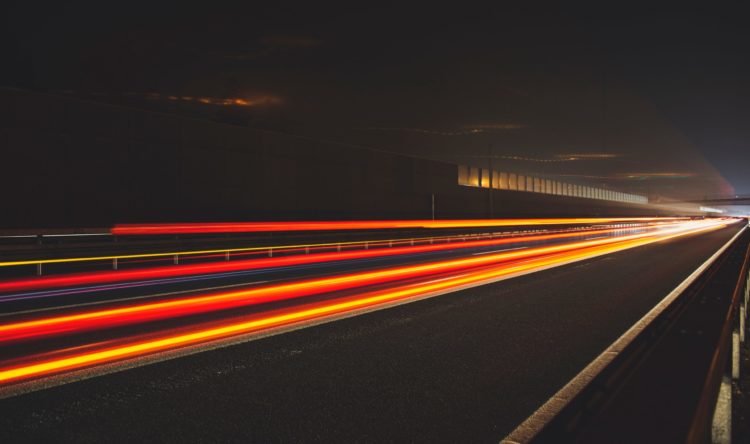Urban speeding commonplace
Half of drivers break speed limit in residential areas
More than half of Britain’s drivers routinely broke the speed limit in built-up areas in 2020.
This disappointing reality comes in the latest set of official statistics from the Department for Transport.
Locked down but not locked in
During the height of the first lockdown – April to June 2020 – 63% of motorists travelling on 30mph roads exceeded the speed limit. Over the year as a whole, drivers breaking the speed limit by 5-10 mph never dropped below 19%. However, it spiked at 26% during the first lockdown.
Motorway driving echoed this behaviour although motorists broke the speed limit slightly less. Here it tended to be by 5 or 10mph in greater percentages.
Single carriageway users (60 mph limit for cars) were more likely to comply with speed limits. Only 10-17% were breaking the limit and just 1-3% exceeding it by 10mph or more.
In urban areas, most speeding took place during the night. Drivers were most likely to break the 30mph speed limit in built-up areas, with 75% speeding between the hours of midnight and 6am. This compares with an average of 37% of motorists during daylight hours.
Worrying attitudes
The figures are based on driver behaviour on roads with free flowing traffic where there are no impediments such as bends or steep climbs. The report is based on nearly 40,000 vehicles observed on roads in residential areas, around 150,000 on motorways and 21,000 on single carriageways.
Responding to the new data, Greg Wilson, founder of insurance comparison platform Quotezone.co.uk, says: “It’s staggering to realise that half of all motorists are breaking the speed limit across motorways, single carriageways and residential 30mph zones. But it’s the speeding offences that occur in those built-up areas that could potentially be the most dangerous. Far more accidents happen on these smaller roads than on motorways and dual carriageways.
“While some motorists may assume that there won’t be pedestrians or cyclists on the road after dark in these 30mph zones, there’s always a heightened risk of an accident when a driver exceeds the speed limit. So it’s worrying that the Department for Transport data suggests 75% of motorists are taking this risk.
The new normal
Despite the unique set of conditions that the pandemic created, the huge reduction in numbers of vehicles on the road had little affect on the speeding figures. Across all road types, the statistics remained similar. Logic wold have expected a drop in speeding due to numbers, but the clearer roads due to less traffic and a sense that there would be less traffic enforcement may well have given drivers a false sense of security.
As coronavirus restrictions end and we return to a ‘new’ normal, there are already predictions of increased personal transport use. The fear of using public transport, sharing confined spaces with large numbers of others is expected to drive more people into cars and onto motorbikes, alongside bicycles and electric scooters. The question will be whether this leads to more transgressions. There will more motorists dusting off their road skills, but also greater congestion to limit excessive progress.
A price to pay
What doesn’t change is the price paid. Alongside the rise in potential casualties, drivers in Great Britain caught speeding face a Fixed Penalty Notice of £100 and three penalty points on their licence. However, if they exceed the limit by more than a marginal amount, penalties can rise to six points and a fine of up to £1,000. For example, driving faster than 41mph in a 30mph zone.
What’s more, licence penalty points can add anything from 5% to 25% to your car insurance premium.
You can find the official speeding statistics here.






